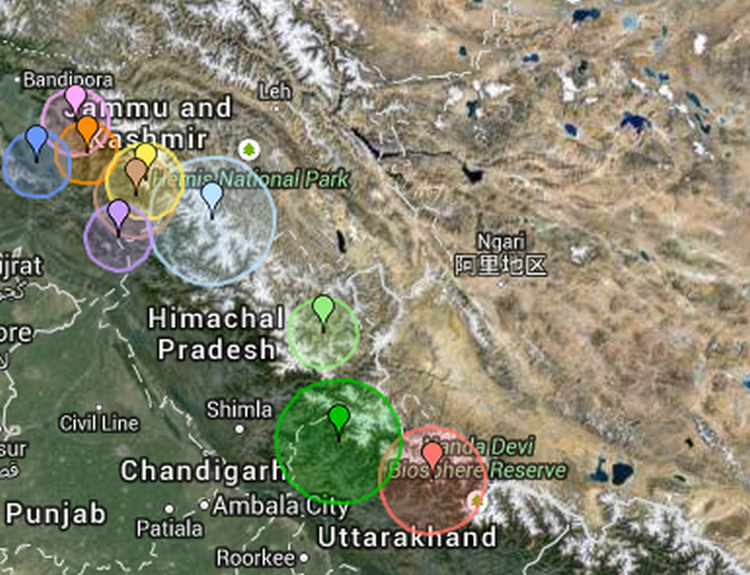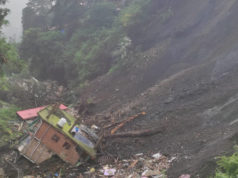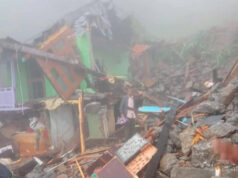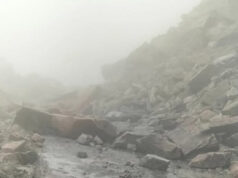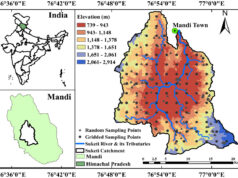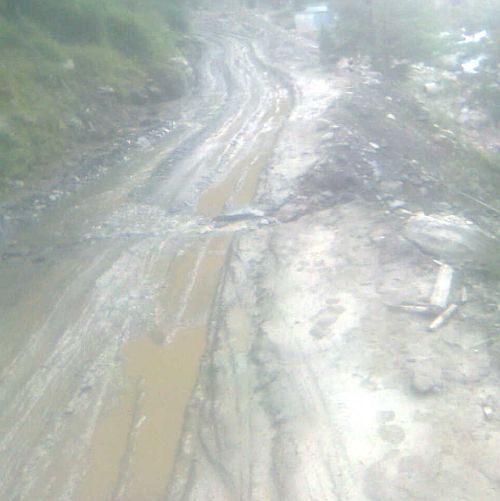The algorithm has been tested for landslides and can be applied to other natural phenomena such as floods, avalanches, extreme weather events, rock glaciers and permafrost, mapping that tends to have very less data points, helping to estimate the risks.
Mandi: Indian Institute of Technology (IIT) Mandi Researchers have developed a new algorithm using Artificial Intelligence and Machine Learning (AI&ML) that could improve the accuracy of prediction for natural hazards.
The algorithm developed by Dr Dericks Praise Shukla and Dr Sharad Kumar Gupta can tackle the challenge of data imbalance for landslide susceptibility mapping which represents the likelihood of landslide occurrences in a given area.
A Landslide Susceptibility Mapping (LSM) indicates the likelihood of a landslide occurring in a specific area based on causative factors such as slope, elevation, geology, soil type, distance from faults, rivers and faults and historical landslide data.
The use of Artificial Intelligence (AI) is becoming increasingly vital for the prediction of natural disasters such as landslides. They can potentially predict extreme events, create hazard maps, detect events in real-time, provide situational awareness, and support decision-making.


